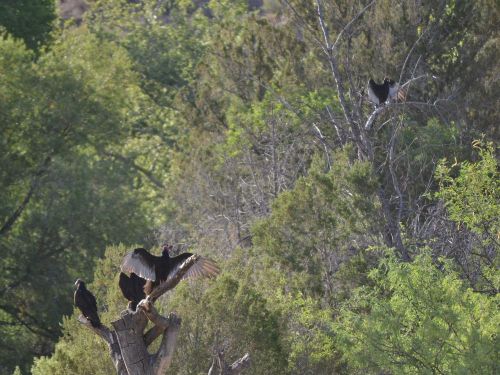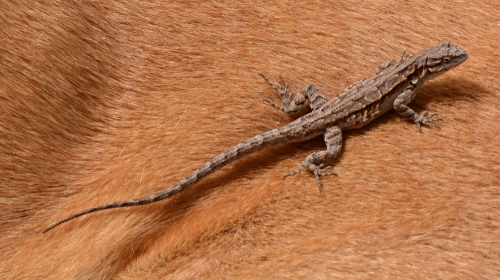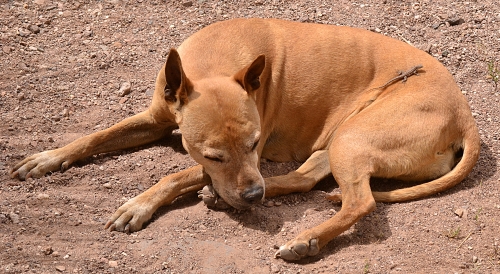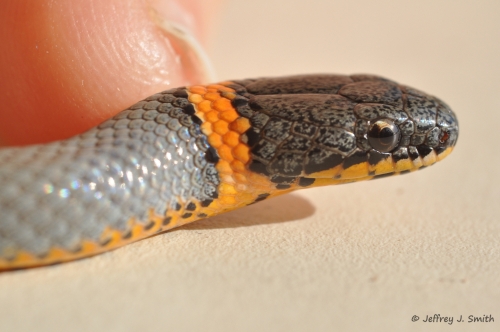Guess I’m just a sucker for unlikeables 🙂 Back in high school and the early part of my college career, I volunteered at Raptor Rehabilitation of Kentucky and fell in love with vultures. We called them nature’s garbage men (and women) because they have the important, but very un-glamourous job, of cleaning up after everyone else (they’re scavengers). Compared to the hawks, owls, eagles, and falcons I worked with, vultures were brilliant and inquisitive.
One day I made a comment in an online forum that working with California condors would be the coolest job ever (because condors are GIANT vultures). That led to a job with the Peregrine Fund working on the condor reintroduction project in northern Arizona, and ultimately to the end of my bird career. I met my first rattlesnakes that year and haven’t really looked back at birds since.
I still enjoy seeing vultures and here at Muleshoe we have a huge roost of turkey vultures in Bass Canyon. You can see them flying in around sunset and I’ve been over there a few times to see them settle in for the night.

But the other morning we were over there early enough to see them sunning themselves in preparation for their day of soaring on thermals and looking for (smelling actually) food.
Aren’t they gorgeous?
melissa









































